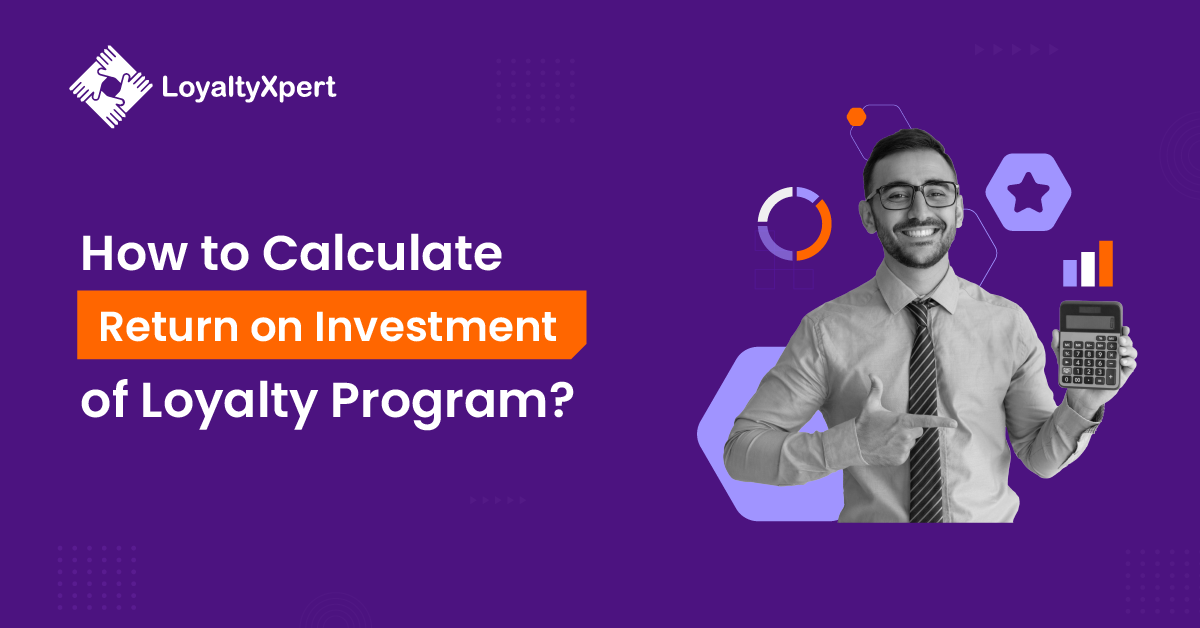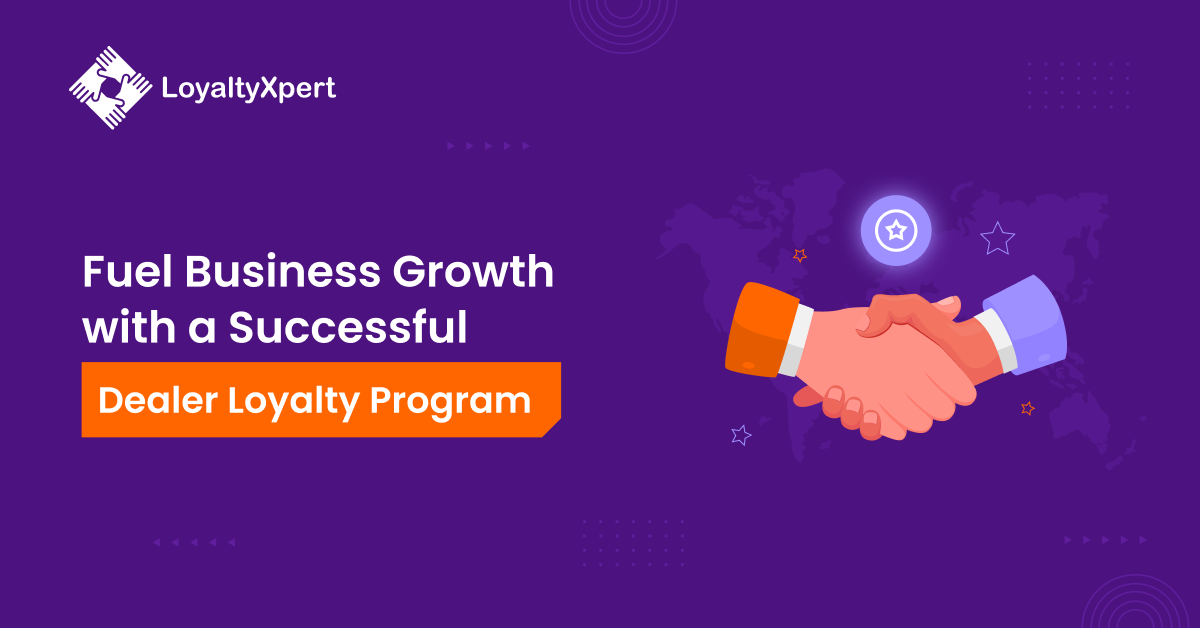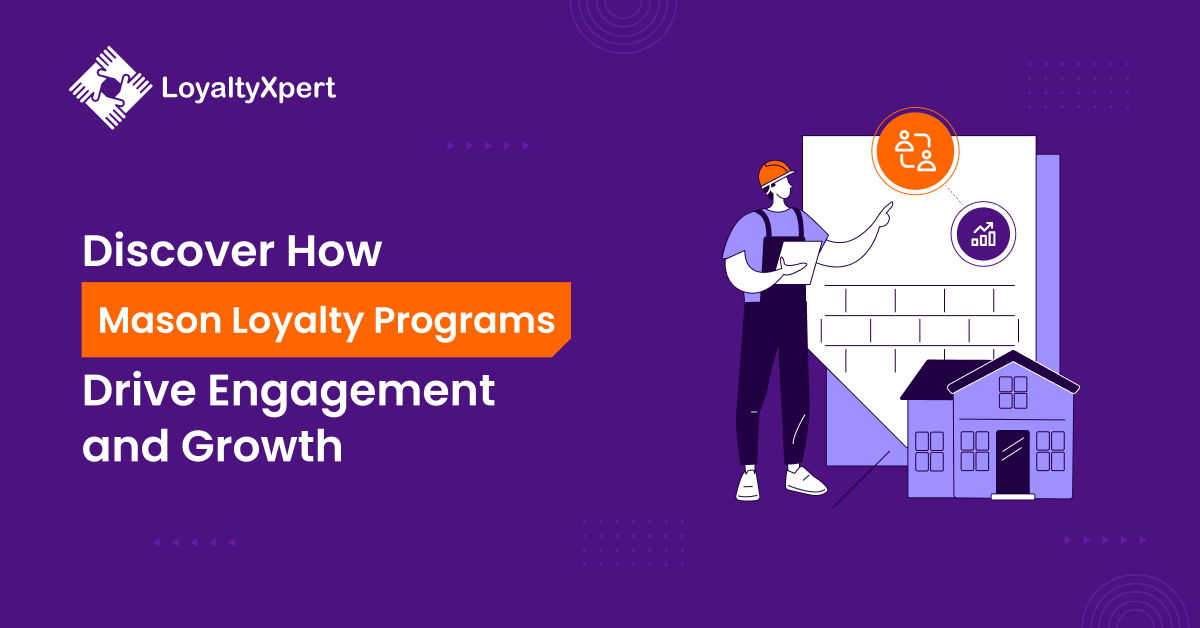
How to Calculate the ROI of a Loyalty Program?
Author
admin
Published on:
Jan 9, 2024
Table of Content
See How Our Loyalty Program Can Help You.
Let us guide you through our product features with Loyalty Experts
We’re living in a dynamic business world, where customer choices are endless and brand loyalty is more valuable than ever. That is why businesses are progressively investing in loyalty programs to win and retain customers.
Loyalty programs are not a new concept; they are a well-established cornerstone of customer relationship management. They foster a sense of appreciation and exclusivity (or membership) among customers. These programs can come in various forms, ranging from points-based systems, and exclusive perks, to tiered memberships. However, every program is designed to build a loyal relationship between the brands and their customers.
Loyalty Programs and Customer Retention
The goal of loyalty programs is not just to give customers perks. It also plays a vital role in driving customer retention, leading to business success. Every business owner is competing in a hyper-competitive marketplace. Retaining customers becomes even more critical when it comes to business growth and success. Did you know that 79% of consumers say that they are more likely to stick with a brand that offers loyalty programs? However, the success of any loyalty initiative depends on its Return on Investment (ROI). ROI is the magic number that helps you understand the efficacy of your loyalty program. Businesses use ROI to measure the effectiveness of their loyalty initiatives. But before getting into the nitty-gritty of reviewing loyalty program ROI, business leaders/executives must understand how to calculate it. Keep reading, as we dive into mastering the art of calculating loyalty program ROI.Understanding the Basics of Loyalty Program ROI
Return on Investment (ROI) is a business financial metric that assesses the profitability of any investment about its cost. When it comes down to loyalty programs, ROI is used as a powerful tool to understand the effectiveness of generating revenue and retaining customers. In simple terms, ROI for loyalty programs can be calculated by dividing the program’s total revenue minus the expenses by the overall costs associated with its implementation. ROI = (Program’s Total Revenue - Implementation Costs) / Implementation Costs If the result is a positive number, it means that the program is generating a positive return on investment. Businesses that have invested in loyalty programs have recognized that it is more cost-effective to retain customers than to acquire new ones. In fact, increasing customer retention rates by 5% can lead to an increment of profits by 25% to 95%. Loyalty programs have the potential to foster customer loyalty and drive repeat business. This leads to increased revenue, as a loyal customer is more likely to spend more. Understanding and optimizing the loyalty program ROI is a central component of a successful business strategy for sustained growth.Calculating ROI of Loyalty Programs
A structured approach needs to be curated when it comes to understanding and calculating the return on investment (ROI) of your loyalty program. This approach encompasses revenue generation, cost analysis, success tracking, and a few factors like customer spending and redemption rates. It is also important for businesses to understand that they won’t see returns right in the first week or first month. To get some solid results, they have to have a long-term perspective. Now, let’s break down the process of measuring the ROI of your loyalty program in three essential steps.Step 1. Loyalty Program Revenue Calculation
This is the most decisive step in calculating the ROI of your loyalty program. It begins with identifying the metrics that highlight the financial impact of the program. And remember, this may take more than just a single day. You have to keep track of a few metrics that will play a pivotal role in the ROI calculation: Total Transactions: The first thing to do is to clarify the revenue by understanding the total transactions using your financial records. This will show you the number of purchases made within your loyalty program. Total Revenue: Next, just sum up the total revenue that has been generated through total transactions. This will provide you with an overarching view of the financial success of the loyalty program. Average Order Value (AOV): AOV will give you insights into the average amount customers have spent in a single transaction. This will also highlight the purchasing patterns of your customers. Gross Product Margin: Next comes the gross product margin, which includes the cost of goods sold. It also provides a clear picture of the profitability of every transaction, considering the loyalty program’s impact on product margins. This is especially important for businesses that sell a range of products, as it helps in identifying the most lucrative items within the program. Purchase Frequency: Purchase frequency determines how often customers engage with the loyalty program and make purchases within a specified time frame. It helps businesses understand the customer behavior and effectiveness of the loyalty program. Membership Fee: Finally, the membership fee, if applicable, also contributes directly to the overall revenue generated by your loyalty program. To get a better understanding of the loyalty program’s revenue, consider differentiating between revenue generated by members and non-members. Analyze your customers’ purchase patterns and transactions specific to members of the program. This will allow you to gain insight into the contribution of loyal customers in comparison to those who are not yet part of the program.Step 2. Compiling Loyalty Program Costs
It goes without saying that to calculate the success of your loyalty program, you also need to consider the expenses associated with running it. There are four distinct cost types that you have to consider for this:Technology Cost
This is probably the most straightforward and obvious cost to calculate. Technology costs represent the amount you spend on the backend of the program. If a business decides to develop an in-house platform, it can become a bit daunting to predict every cost. It will also include the cost associated with research and trial and error. However, choosing a third-party platform can bring in substantial cost savings.People Cost
Any program that a business runs requires the manpower to operate it. The human resources dedicated to managing this also constitute a significant cost. People costs include training programs, salaries, and other expenses related to staff. Every loyalty program requires a team of people to ensure its success. This includes the Chief Marketing Officer, loyalty program managers, customer service agents, analysts, and more.Marketing Cost
No business program can reach the targeted audience without the right marketing and promotion strategies. A marketing budget should include the cost of digital marketing efforts, including email campaigns, social media promotions, and traditional marketing channels, including in-store displays. It is better to invest in your marketing initiatives, as it will directly impact the customer retention and overall success of your loyalty program.Rewards Cost
Rewards that you offer to your customers are an integral part of your loyalty program. Whether the customers get the rewards in the form of discounts, free products, or exclusive access, the rewards value contributes to the overall cost. Businesses should carefully balance the way they choose to offer rewards to their customers. For instance, if certain rewards are unused or are not very popular, they should be subtly removed from the catalog. Businesses can replace those rewards with new ones depending on customer feedback. This will also keep the program attractive to customers while also ensuring that it is financially beneficial for the business.Step 3. Measuring Overall Loyalty Program Success
Measuring the overall success of the loyalty program goes beyond just the numeric values of ROI. Businesses should consider taking a more holistic approach, including various factors, such as:- Customer engagement
- Customer satisfaction
- Retention rates
- Customer feedback
- Social medial mentions


